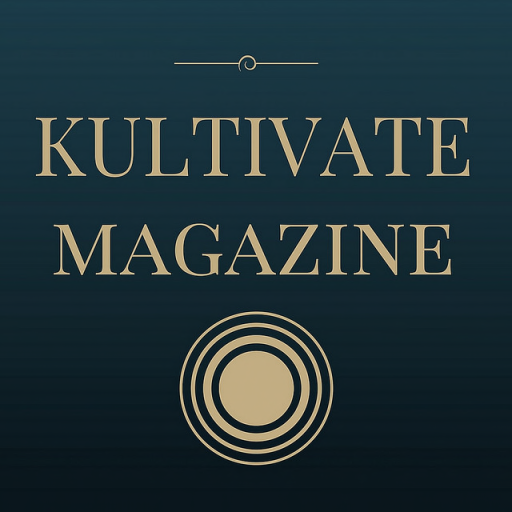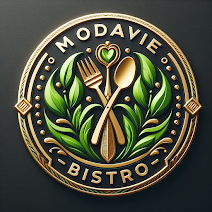For those who had been waiting for the Materials Project to launch, it
could not have come sooner.
The Materials Project is here to enhance mesh make
mesh objects more realistic. However since its launch have creators in SL been
using it? Have they found it useful tool for their builds?
To find out what Materials Project is and how will it benefit the
residents of SL, I spoke to Neotoy Story. Neotoy has been building with mesh
for several years and now is using material project for their builds.
Piers.
Can you tell us a bit about your work with material project?
Neotoy: Back in
October 2010 I first became aware that Mesh was coming to SL, since I had been
3D modeling since the 1990s this was very exciting news to me because it meant
that I could build far more complicated objects in Second Life, this inspired
me to sign up for the Beta Grid program. For those who don't know the Beta Grid
is just a part of SL that lets you try out technology that has not yet been
deployed to the main grid. This is incidentally also how I learned about the
Materials Project.
In the Beta Grid program I met a lot of really cool people who were
basically creating the most cutting-edge things you could imagine, every day I
saw things there that were pushing the limits of what SL could support; I only
bring this up because it was really thanks to these new friends that I was kept
in the loop concerning the Materials Project, and it was their encouragement
that helped me through the hard parts of the learning process.
Piers:
Can you tell our readers who may have not of heard of it what it is about and
how it is created?
Neotoy: Essentially
the Materials System is just the latest component of a larger movement within
Linden Lab to bring Second Life into the 21st century, at least in terms of
underlying technology. In the 3D industry Materials have become standard
practice and have come to replace the simple system of a single texture that SL
was based upon. In real life the appearance of objects has several properties
aside from just their basic visual representation, these properties have been
distilled down into 3 functions: Diffuse (standard visual texture), Normal
(bumpiness) & Specular (shininess). By adjusting the data in these three maps
it is possible to simulate virtually any real-world texture and achieve
photo-realism.
Additionally it is possible to exploit the individual qualities of each
type of map in various ways, for example: normal maps can be used to simulate
structural complexity without requiring a lot of costly geometry. Specular maps
can be used by themselves to both flatten and highlight geometry. Using all
three together makes it possible to visualize objects in Second Life that would
otherwise be too costly for most computers to render while maintaining a
relatively low land impact.
Every 3D artist will have a different work flow for creating these
"assets", the standard method however is to make two different
versions of every object: first create a high-complexity model that has all the
details and properties you want and then "bake" that complexity onto
a less-complex version of the same model thereby creating the components
necessary to make a material. Naturally there is a lot more to material creation
than just pushing a few buttons, but that is the fundamental process.
Piers.
What software do you use?
Neotoy: I do a
lot of my initial design work in SketchUp, this is a free 3D design suite that
probably has the best interface on the market, it is so easy that you can teach
yourself the basics in a matter of hours. I use SketchUp as it was intended,
for quickly drafting ideas into 3D space, there is nothing faster. Once I have
some decent geometry I will import it into Blender (also free) which is an
industrial-strength 3D application. The learning curve is
a lot steeper and the interface is a challenge, but Blender makes it possible
to do all the other basic operations required to prep the models & test my
materials. Then I use Photoshop for the majority of my texture work, if I need
any additional details I will frequently create them in Illustrator. Oh and
sometimes I use MeshLab, it's horribly unstable but it does come in handy
sometimes. I'm also currently trying to teach myself 3D Coat, which is great
for refining objects. That's about it.
Piers: You have been in sl for sometimes and I guess
have seen changes in how things are made in sl. Would you say sl is moving in
the right direction moving into mesh and now material projects and why?
Neotoy: Yes SL is
definitely moving in the right direction with mesh & now materials. The
reason is simple: Second Life is not a stand-alone system anymore, it is part
of a much larger technology ecosystem. Over time this ecosystem has matured and
consequently standards were established by the industry leaders, now the full
intellectual weight and resources of these leaders and their communities are
pushing these standards forward.
The results speak for themselves, taking a look at any modern 3D platform
you will see the influence of these advances, they are being used because they
represent the best possible solutions to common problems. Any company now that
tried to go against this flow would just be reinventing the wheel. Linden Lab
is intelligent to adopt these technologies because they are only going to get
better over time while all the custom & proprietary platforms of the past
will get left behind.
Piers:
What if any improvements would you like to see occur in sl with regards to mesh
or just general building tools?
Neotoy: Ahhh! My
favorite question so far! So glad you asked this. The top item on my wish list
right now is to have a mesh creation tool integrated right into Second Life
with an interface very similar to SketchUp. This would allow residents to build
mesh objects directly in SL just like they do now with prims. Ideally you'd be
able to control every vertex individually right inworld! Prims were a brilliant
idea for their time and the SL build system has always been excellent &
highly accessible, now I just think it needs an upgrade.
Piers:
What do you like to do apart from building and creating?
Neotoy. My thing seems to be finding new fields to explore & learn,
I'm currently obsessed with geopolitics, before that it was macroeconomics, and
before that ecology, then infrastructure. The list just keeps getting longer as
I get older. My focus is always revolving around design though, I think of
myself as an academic, a researcher, just trying to learn as much as I possible
so that I can have a positive impact on the world.
Piers.
What is next for you in sl? What else can we expect to see?
Neotoy: That is a
tricky question, I go through phases with SL. I start a big project and then I
get frustrated by some technical limitation, then I leave and wait for the
technology to advance. Right now I am just working on improving my 3D artistry,
so most of my projects are what you might call test cases. I think 'what can I
do to improve my normal maps' and then I try to design a project that will help
me advance that goal. I can tell you that my long-term project in SL is the
creation of a virtual city that incorporates all my knowledge. It seems like
the ideal way to test out some of my bigger ideas that might someday be
deployed in the real world.
.
Neotoy’s marketplace shop has a pretty good selection of images:
Neotoy has been documenting most of their projects for several years now
on youtube:

















































For any being in world a few hours all days, i still see that less then 1 pct uses Alm enabled so materials are pointless to them!
ReplyDeleteAnd its so easy to spot that, just see how many still use invisible prims on their shoes (only 2 reasons for doing that, they dont have Alm enabled or they don't know that there is a wear and a add option to allow to use more then 1 alpha layer, as many probably are old phoenix users, that can be a explanations as valid!
But its scaring, for me that use Alm all times, to watch so many avatars with screwed feet and not caring the least, so why any of those will ever figure or see materials?